Cable Characteristics and Selection Guide
 Jun 28,2021
Jun 28,2021

 Red Banner Electrician
Red Banner Electrician
Cables are an essential part of many electrical and electronic systems. They are used to transfer electrical signals and power from one device to another and come in many types and sizes.
For cables to work properly, they must meet certain standards and specifications to ensure their compatibility and performance.
Cable Conductor
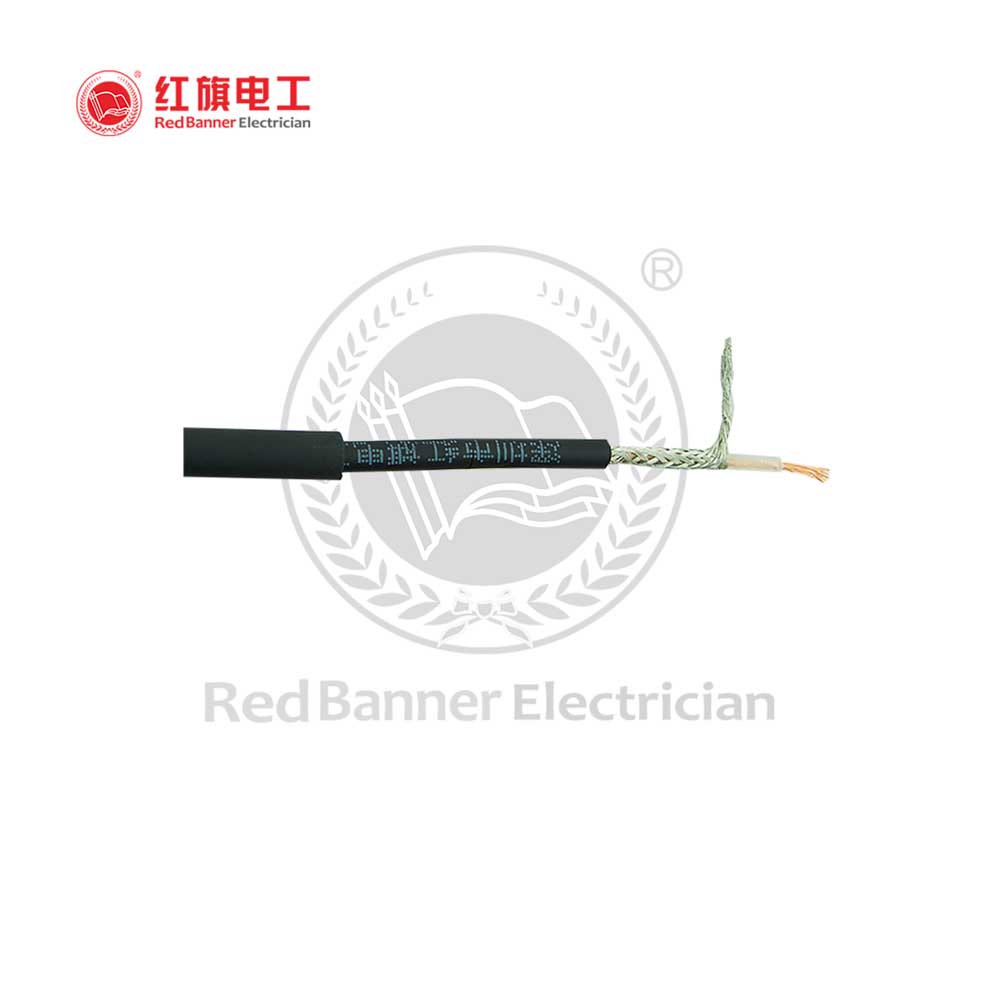
One of the most important aspects of cables is the type of conductors they use.
Conductors are the materials that carry electrical current through cables, and different types of conductors have different properties and characteristics.
The most common types of conductors are copper and aluminum, which are widely used in cable applications.
Copper is the most popular choice of conductor because of its high conductivity and corrosion resistance.
Aluminum is also commonly used but is less conductive than copper and more prone to corrosion.
Power Cord Type
Cable Insulation
Another important aspect of electrical cables is the type of insulation they use.
Cable insulation is the material that surrounds the conductors and protects them from damage and short circuits.
Different types of insulation materials have different properties and characteristics and are designed for specific applications.
The most common insulation types are PVC (polyvinyl chloride), XLPE (cross-linked polyethylene), and EPR (ethylene propylene rubber).
PVC is a common insulation choice because it is low cost and flexible, but it has a lower temperature rating and is not as durable as other types of insulation.
XLPE is a more expensive option but has higher temperature ratings and is more durable than PVC.
EPR is the most expensive option but has the highest temperature rating and is the most durable of all insulation materials.
Cable Jacket
In addition to the conductor and insulation, the cable also has a jacket or outer sheath.
The jacket is the outermost layer of the cable, providing additional protection and support.
It also helps identify the cable and provides information such as type, size, and rating.
The most common types of sheathing are PVC and PE (polyethylene).
PVC jackets are the most popular choice due to their low cost and good flexibility, but they have lower temperature ratings and are not as durable as other types of jackets.
PE jackets are more expensive but have higher temperature ratings and are more durable than PVC jackets.
Selecting the Cable
When selecting a cable, it is important to consider the environment in which it will be used.
This includes factors like temperature, humidity, and exposure to chemicals or abrasives.
Different types of cables are designed for specific environments, and using the wrong cable can result in premature failure and even fire or other safety hazards.
For example, cables used in wet environments must be water and corrosion-resistant.
Cables used in high-temperature environments must be able to withstand the heat without reducing or losing their electrical conductivity.

Custom Type Cable
Cable Size and Ampacity
In addition to the cable type, it is also important to consider the cable size and ampacity.
The size of a cable refers to its cross-sectional area and is usually measured in square millimeters or AWG (American Wire Gauge).
The ampacity of a cable is the maximum amount of current it can safely carry and is usually measured in amperes.
Selecting the correct size and ampacity for the application is crucial, as a cable that is too small can overheat and cause a fire, while a cable that is too large can be unnecessarily expensive and wasteful.
Cable Standards
Cables must also comply with certain standards and specifications to ensure their compatibility and performance.
These standards are established by organizations such as the International Electrotechnical Commission (IEC) and the National Electrical Manufacturers Association (NEMA).
These standards specify the material, construction, and performance requirements for cables and help ensure that cables from different manufacturers comply.


 HOME
HOME TPU vs. TPE: 7 Aspects of Comparison
TPU vs. TPE: 7 Aspects of Comparison  You May Also Like
You May Also Like



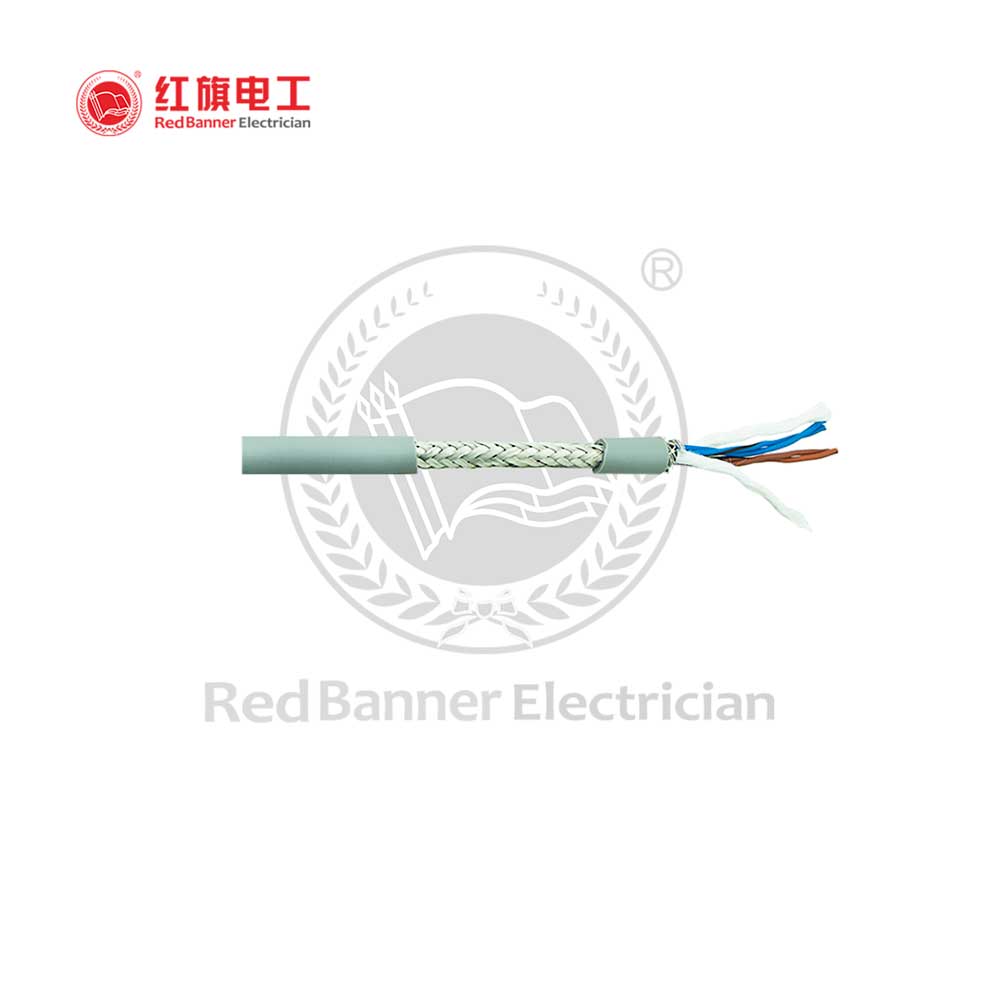

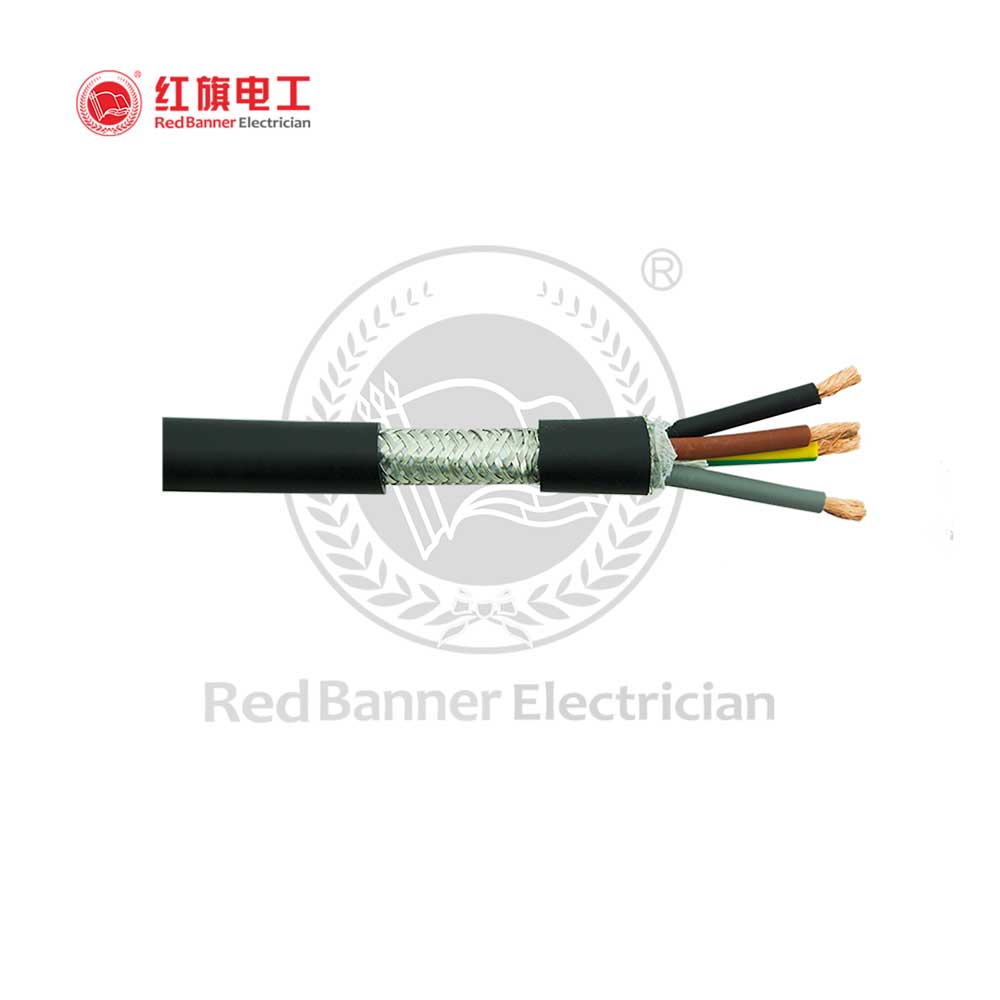

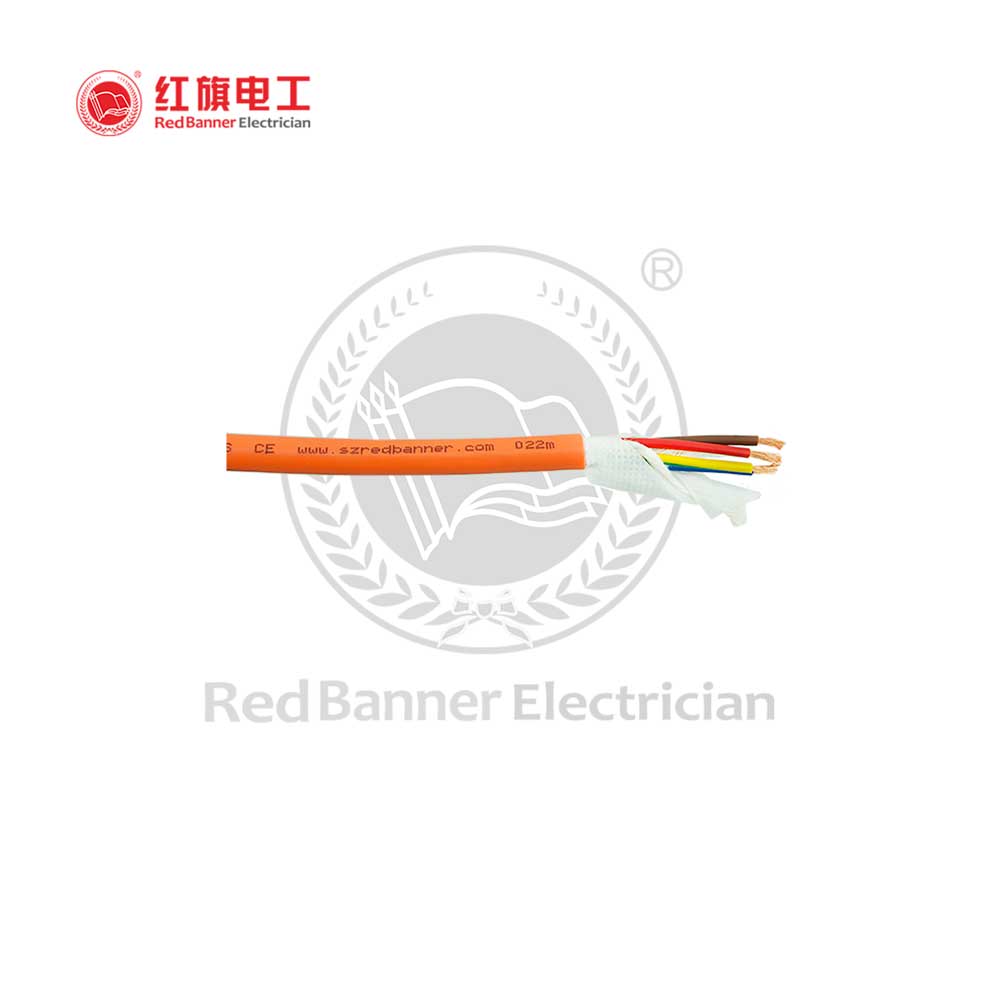
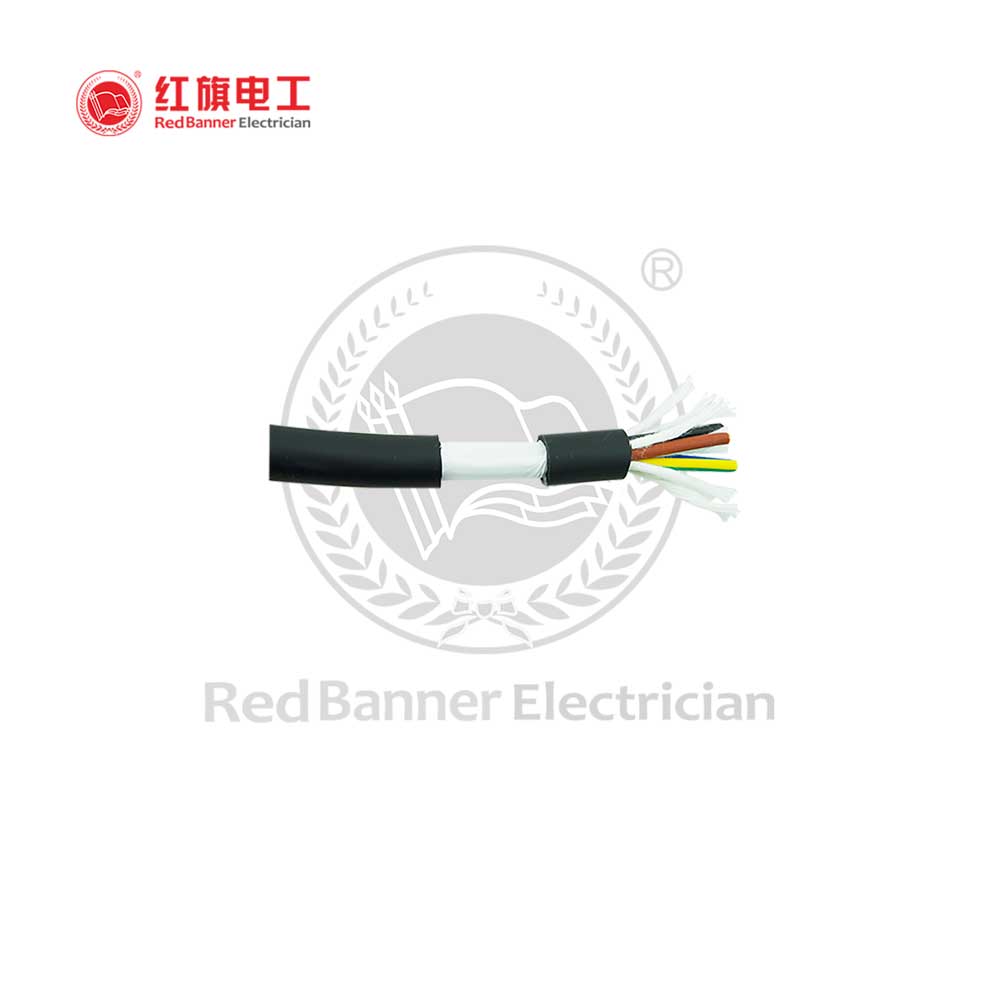

 Tel
Tel
 Email
Email
 Address
Address









